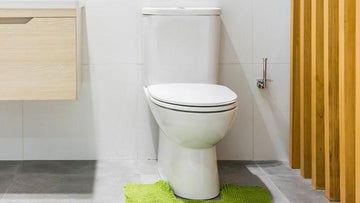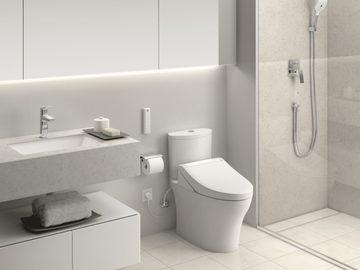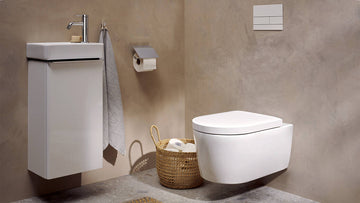In today's environmentally conscious world, the topic of water conservation is more critical than ever. One area where myths and misconceptions run rampant is in the realm of water-saving toilets. These eco-friendly fixtures have been hailed as a solution to water wastage, but not everyone is convinced. In this article, we'll delve into the most common myths surrounding water-saving toilets and reveal the truths that every industry QA professional and environmentally conscious individual should know.
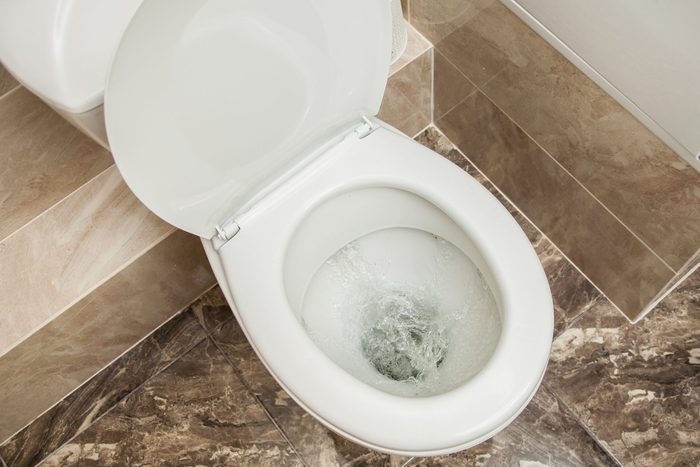
Myth 1: Water-saving Toilets Don't Work as Well as Traditional Ones
One of the most pervasive myths about water-saving toilets is that they don't work as effectively as traditional models. Critics often claim that these toilets require multiple flushes to clear waste, negating the very water-saving benefits they purport to offer. However, this is far from the truth. Modern water-saving toilets are designed with advanced flushing mechanisms that efficiently clear waste with significantly less water than older models.
The key here is to choose the right model. For instance, dual-flush toilets offer the option of a half-flush for liquid waste and a full flush for solids, making them highly efficient. Furthermore, technological advancements have led to the development of toilets with pressure-assisted flushing systems, which enhance performance even further.
Myth 2: Water-saving Toilets are Expensive and Not Cost-effective
Another common myth is that water-saving toilets are prohibitively expensive and do not offer a good return on investment. While it's true that these toilets may have a higher upfront cost compared to conventional ones, they often pay for themselves over time through reduced water bills. By using less water per flush, homeowners and businesses can save a significant amount of money in the long run.
Moreover, many regions offer rebate programs to encourage the installation of water-efficient fixtures. These programs can offset the initial purchase cost, making the switch to water-saving toilets even more financially viable.
Myth 3: They Are Difficult to Maintain
Some individuals believe that water-saving toilets are more challenging to maintain than traditional models. This myth likely stems from unfamiliarity with newer technologies. In reality, most water-saving toilets are designed to be user-friendly and require minimal maintenance.
Routine cleaning and occasional checks on flushing mechanisms are typically all that's needed. Many manufacturers provide detailed maintenance guides, and there are numerous online resources available to help troubleshoot any issues that may arise.
Myth 4: They Don't Make a Significant Environmental Impact
Perhaps one of the most damaging myths is that water-saving toilets don't make a substantial difference in water conservation efforts. This couldn't be further from the truth. According to the U.S. Environmental Protection Agency (EPA), toilets account for nearly 30% of an average home's indoor water consumption. By switching to water-saving toilets, households can reduce their water usage by thousands of gallons each year.
These savings not only benefit the environment by preserving valuable water resources but also help reduce the energy required for water treatment and distribution, thereby lowering carbon footprints. For more detailed information, you can explore resources like EPA's WaterSense program.
Conclusion: Embrace the Future of Toilets
In debunking these myths, it's clear that water-saving toilets are not only effective and cost-efficient but also play a crucial role in our efforts to conserve water and protect the environment. As the world continues to face water scarcity challenges, adopting water-efficient technologies becomes an imperative. By understanding the facts and dispelling misconceptions, industry QA professionals and consumers alike can make informed decisions that benefit both their wallets and the planet.
For those interested in further exploring eco-friendly bathroom solutions, consider reading about eco-conscious bathroom upgrades or choosing eco-friendly bathroom fixtures for more inspiration.
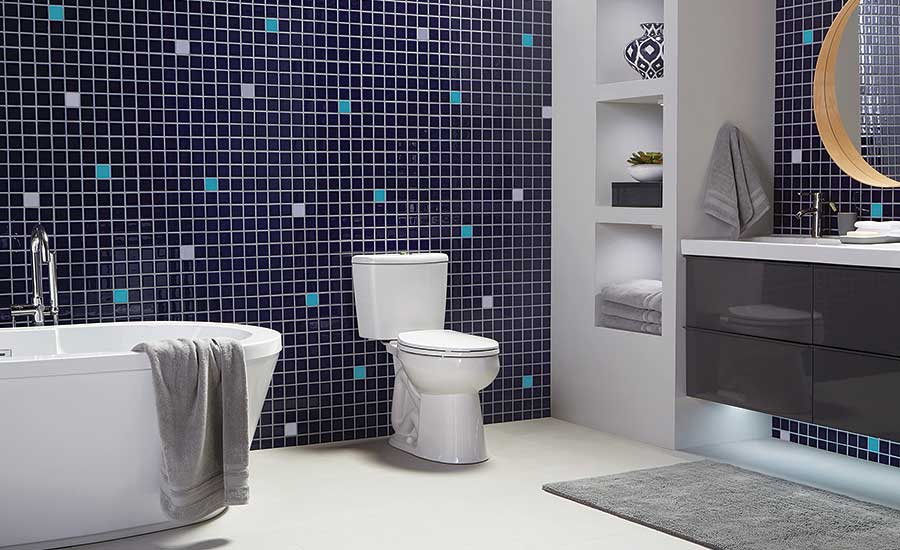
FAQs
Are water-saving toilets less effective at flushing?
No, modern water-saving toilets are designed with advanced flushing mechanisms that efficiently clear waste with less water.
Do water-saving toilets really save money?
Yes, they reduce water usage, leading to lower water bills. Many areas also offer rebates to offset initial costs.
Are water-saving toilets difficult to maintain?
No, they are designed to be user-friendly and typically require minimal maintenance.

